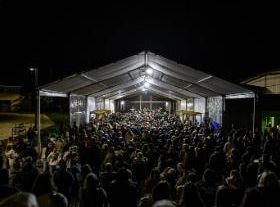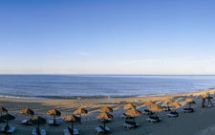Sabrosa
Sabrosa
Towns and Villages
Situated in the Port wine demarcated region, Sabrosa still retains various features from the time of its settlement in the Neolithic period (dolmens and cromlechs) and some hill-top forts from the Iron Age, amongst them Castro da Sancha, which was altered during the period of the region's occupation by the Romans.
Still remaining from mediaeval times are some Palaeo-Christian tombs, and in the surrounding region is the village of Provesende, whose foundation dates back to the period before Portugal formation as a kingdom.
Sabrosa was the birthplace of Fernão de Magalhães (Magellan), the great fifteenth-century Portuguese navigator and the first man to circumnavigate the world.
After the Douro region had been demarcated for wine production in the eighteenth century, the town embarked on a period of great development, and most of its impressive manor houses date from that time.
Still remaining from mediaeval times are some Palaeo-Christian tombs, and in the surrounding region is the village of Provesende, whose foundation dates back to the period before Portugal formation as a kingdom.
Sabrosa was the birthplace of Fernão de Magalhães (Magellan), the great fifteenth-century Portuguese navigator and the first man to circumnavigate the world.
After the Douro region had been demarcated for wine production in the eighteenth century, the town embarked on a period of great development, and most of its impressive manor houses date from that time.




 Explore
Explore 
 Remember and Share
Remember and Share 


